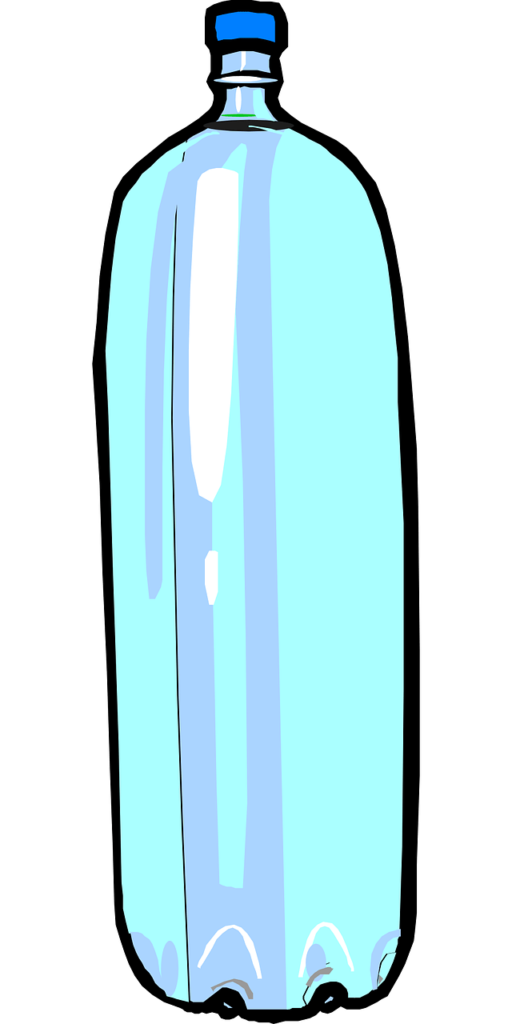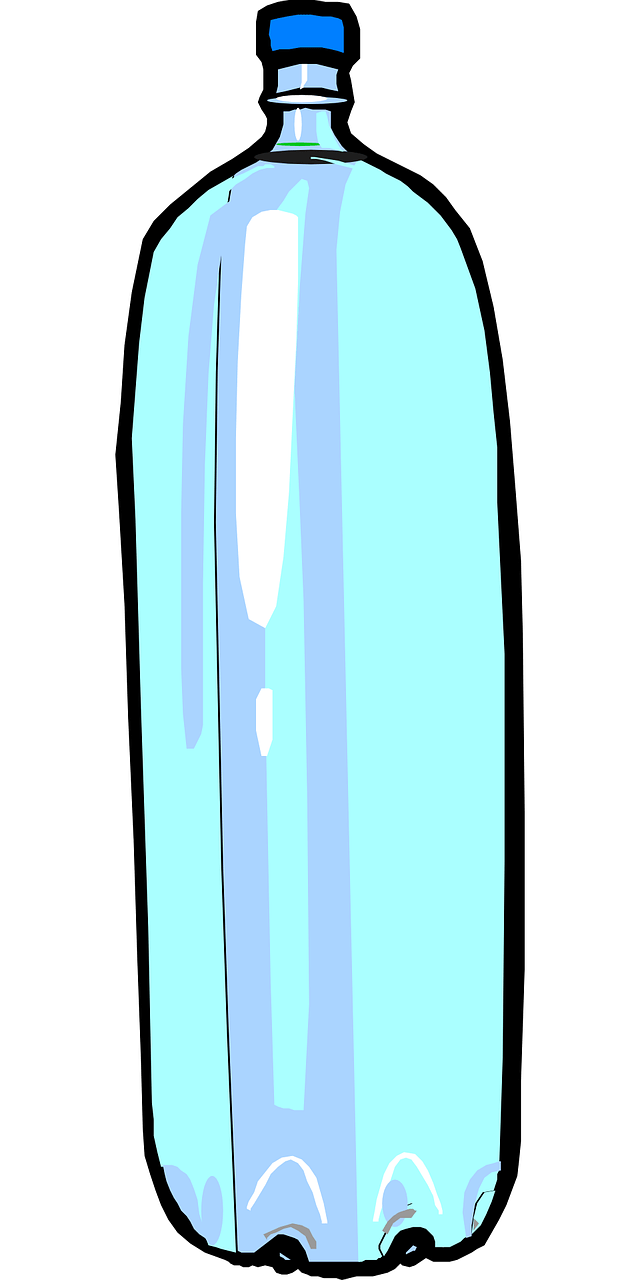Welcome to “A Comprehensive Guide to Understanding Different Types of Plastics.” In this article, you will learn about the various types of plastics commonly used in everyday products. From identifying the different resin codes to understanding the characteristics and uses of each type, this guide will help you make informed choices when it comes to plastics. Whether you’re looking to recycle more effectively or simply want to know more about the items you use on a daily basis, this guide will provide the insight you need to navigate the world of plastics with confidence. Have you ever wondered about the different types of plastics used in everyday products? From water bottles to food containers, plastics are everywhere. In this comprehensive guide, we will break down the various types of plastics, their characteristics, uses, and potential environmental impact. Let’s dive in and explore the world of plastics together!

This image is property of pixabay.com.
Understanding Different Types of Plastics
Plastics are polymers made from a wide range of materials, each with unique properties that make them suitable for different applications. There are seven main types of plastics, each identified by a resin identification code (RIC) for recycling purposes. These types include:
- Polyethylene Terephthalate (PET)
- High-Density Polyethylene (HDPE)
- Polyvinyl Chloride (PVC)
- Low-Density Polyethylene (LDPE)
- Polypropylene (PP)
- Polystyrene (PS)
- Other
Understanding the differences between these types of plastics can help you make more informed choices when it comes to using and disposing of plastic products.
Polyethylene Terephthalate (PET)
PET is one of the most widely used plastics, known for its clarity, lightweight, and strength. It is commonly used in the production of water bottles, soda bottles, food packaging, and polyester fibers. PET is recyclable and has a resin identification code of 1.
High-Density Polyethylene (HDPE)
HDPE is a versatile plastic known for its stiffness, strength, and resistance to chemicals. It is commonly used in milk jugs, detergent bottles, shampoo bottles, and plastic bags. HDPE is recyclable and has a resin identification code of 2.
Polyvinyl Chloride (PVC)
PVC is a widely used plastic in construction, healthcare, and consumer products. It is known for its durability, flame resistance, and versatility. PVC is commonly used in pipes, window frames, vinyl flooring, and medical tubing. PVC is recyclable but poses challenges due to the presence of additives like phthalates. It has a resin identification code of 3.
Low-Density Polyethylene (LDPE)
LDPE is a flexible plastic known for its low density, durability, and resistance to moisture. It is commonly used in plastic films, grocery bags, squeeze bottles, and wire insulation. LDPE is recyclable and has a resin identification code of 4.
Polypropylene (PP)
PP is a tough and lightweight plastic known for its heat resistance, flexibility, and chemical resistance. It is commonly used in food containers, bottle caps, yogurt containers, and automotive parts. PP is recyclable and has a resin identification code of 5.
Polystyrene (PS)
PS is a rigid and transparent plastic known for its low cost and versatility. It is commonly used in food packaging, disposable cups, egg cartons, and foam insulation. PS is recyclable but poses challenges due to its lightweight nature and potential for litter. It has a resin identification code of 6.
Other
The “Other” category includes various types of plastics that do not fit into the above categories. These plastics may include polycarbonate (PC), acrylic (PMMA), and nylon. Each type of plastic has its own unique properties and uses, making them valuable in specific applications.
Potential Environmental Impact of Plastics
While plastics offer many benefits in terms of convenience, durability, and versatility, they also pose significant environmental challenges. The production, use, and disposal of plastics can have negative impacts on the environment, wildlife, and human health.
Production
The production of plastics involves the extraction of fossil fuels, such as oil and natural gas, which are non-renewable resources. The manufacturing process also generates greenhouse gas emissions, contributing to climate change. Additionally, the production of plastics can result in pollution of air, water, and soil.
Use
Single-use plastics, such as water bottles, straws, and plastic bags, contribute to the growing issue of plastic pollution. These items often end up in landfills, oceans, rivers, and other natural environments, where they can harm wildlife and ecosystems. Plastic waste can take hundreds of years to decompose, leading to long-term environmental impacts.
Disposal
Improper disposal of plastics can have significant consequences for the environment. Plastic waste that is not recycled or properly managed can accumulate in landfills, pollute waterways, and endanger marine life. Plastics can break down into smaller particles called microplastics, which can enter the food chain and have unknown health effects on humans and animals.
Recycling
Recycling is an important part of addressing the environmental impact of plastics. By recycling plastic products, we can reduce the amount of waste sent to landfills, conserve resources, and reduce energy consumption. However, recycling rates for plastics remain relatively low, highlighting the need for improved waste management systems and consumer education.

This image is property of pixabay.com.
Tips for Reducing Plastic Waste
As a consumer, there are steps you can take to reduce your plastic waste and minimize your environmental footprint. Here are some tips to help you make more sustainable choices:
- Use reusable bags and containers instead of single-use plastic bags and packaging.
- Choose products with minimal or recyclable packaging to reduce waste.
- Avoid buying bottled water and opt for a reusable water bottle instead.
- Recycle plastic products whenever possible and follow local recycling guidelines.
- Support businesses that prioritize sustainability and eco-friendly practices.
Taking small actions in your everyday life can add up to make a big difference in reducing plastic waste and protecting the planet for future generations. By being mindful of your plastic consumption and disposal habits, you can help create a more sustainable and environmentally friendly world.
Conclusion
In conclusion, plastics play a significant role in our daily lives, providing convenience and functionality in a wide range of products. By understanding the different types of plastics, their characteristics, and potential environmental impact, we can make more informed choices as consumers and advocates for the environment.
As we continue to navigate the challenges of plastic pollution and waste management, it is essential to take collective action to address these issues. By promoting recycling, reducing plastic consumption, and supporting sustainable practices, we can work towards a cleaner, healthier planet for all.
Thank you for taking the time to explore the world of plastics with me. Remember, every choice you make can have a positive impact on the environment, so let’s work together to create a more sustainable future.
